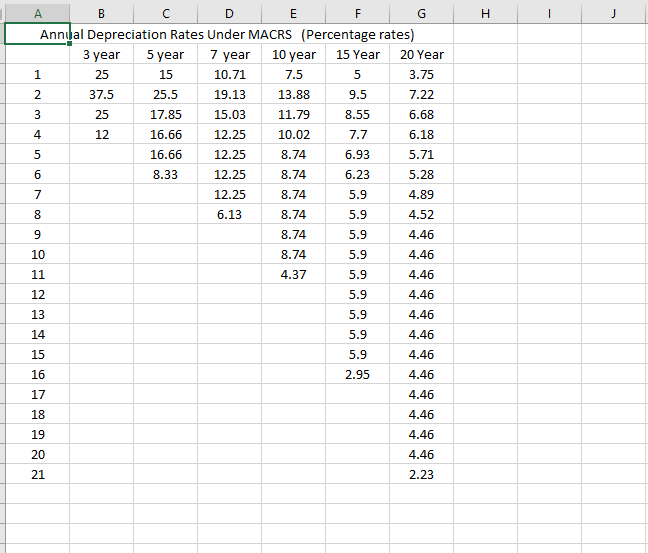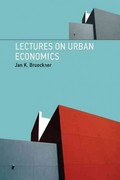Question
All of the following questions relate to a new hog investment. Questions 1 and 2 consider the investment with and without financing. Question 3 looks
All of the following questions relate to a new hog investment. Questions 1 and 2 consider the investment with and without financing. Question 3 looks at sensitivity analysis and question 4 asks for your evaluation. Question 5 adds in the effects of expectations on growth of revenue and costs.
Note; the example in the book uses depreciation rates different from IRS tables.
Use the MACRS 150% depreciation rates from the other file. (Pg 85 in 6th edition, pg 29 in seventh)
1. A new hog investment requires an initial outlay of $100,000. There will be 236 sows. The returns per sow each year are $650 and the operating costs are $575 per sow. There is no salvage value (terminal value is $0), a tax rate of 30 percent, and a 10% discount rate. The $100,000 initial investment includes a building and equipment costing $90,000 (7 year life) and livestock costing $10,000 (3 year life). (note: depreciation table is on page 85 of your text). Find the NPV, IRR, MIRR and payback for this investment assuming that nothing is financed. Assume that all cash flows occur at the end of the year.
Note: this one assumes that there are 0% growth on both receipts and expenses. It also assumes no financing. Later questions will add that in.
Since there is no financing it should not matter what the finance rate is. You can put in 8% which will be used in the next question.
2. Now use the above information but assume that 80% is financed on a 10 year loan with equal payments at an interest rate of 8%. Find NPV, IRR, MIRR, and payback for this investment.
3. Conduct a sensitivity analysis of the NPV using different discount rates of 6%, 8%, 10%, 12%, and 14%. Give me the NPVs for each the scenario in part 1 and part 2. If you have the spreadsheet set up in excel you should just be able to change the discount rate and write down the NPV.
4. Tell me whether you would undertake the investment or not. With either decision tell me why you chose what you did, what decision criteria you used (e.g. NPV, IRR, etc) and why you used them. Also tell me if there is any other information that you would want to know before making the decision.
5. Now redo both scenarios assuming that the returns and operating expenses are expected to grow at 2%. Give me the IRR, MIRR, NPV, and payback.

Step by Step Solution
There are 3 Steps involved in it
Step: 1

Get Instant Access to Expert-Tailored Solutions
See step-by-step solutions with expert insights and AI powered tools for academic success
Step: 2

Step: 3

Ace Your Homework with AI
Get the answers you need in no time with our AI-driven, step-by-step assistance
Get Started


